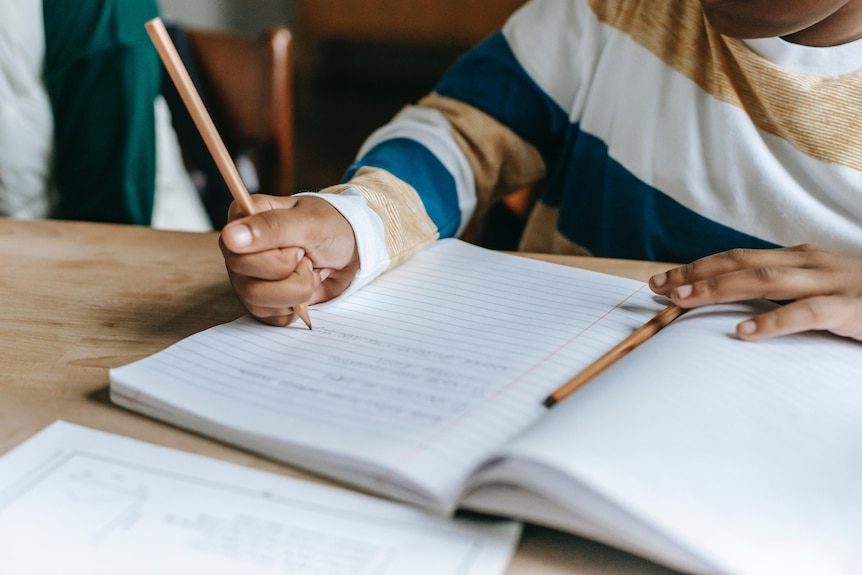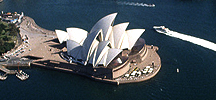Australia is now in the world's top 10 academic performers – but the data paints a complex picture
Students throughout the world have fallen behind on reading and maths during the pandemic, but Australian teens have managed to buck the trend.
Rather than dipping, Australia's results in maths, science and reading have actually held steady since 2018, according to the latest international education rankings.
It means Australian 15-year-olds now rank ninth in the world for reading and science and 10th in the world for maths.
But the story isn't all rosy, with the data revealing almost half still failed to reach national standards in those subjects, with those from wealthier backgrounds outperforming students from less-privileged families.
And while Australia's global ranking has improved in 2022, thanks to other countries dropping down the list, overall our performance has declined since the early 2000s.
How do these results work?
· OECD: The Organisation for Economic Co-operation and Development collects data from its 38 member countries and sets international standards in areas like education, tax evasion and the environment
· PISA: The OECD conducts research called the Programme for International Student Assessment every three years, to measure and rank how 15-year-olds in 81 countries perform in reading, maths and science
· ACER: The Australian Council for Educational Research manage PISA in Australia and analyse local results
Where does Australia sit?
In 2022, Australian students performed at or above the OECD average in science, reading and mathematics, according to the Programme for International Student Assessment (PISA) results.
But while Australia's results look good on paper, ACER senior research fellow Lisa De Bortoli says it's mostly thanks to other countries underperforming.
"While it's encouraging that Australia's results have stabilised, it's important to recognise that our position in the top 10 is largely due to the performance of other countries dropping below ours," she said.
"Just over half of Australian students achieved the National Proficiency Standard – 51 per cent in maths, 58 per cent in science and 57 per cent in reading – so a significant number of students are failing to demonstrate they have more than basic skills in those areas."
The number of "low performers" has increased in all three areas, with just over a quarter of Australian students classed as such in maths, though this is still below the OECD average of 31 per cent.
But overall, Australia's maths ranking is better now than before the pandemic with students moving from being on par with the OECD average in 2018 to above it in 2022.
State by state, the results vary
While Australia as a whole is now performing above the OECD average across all three subjects, some states have fallen behind.
In maths, Tasmania and the Northern Territory fell below the OECD average.
The ACT was top of the class in every category, while nationally students in city schools outperformed their peers in regional and remote areas.
Class counts
Australia performed well overall, but digging into the PISA data shows the impact socio-economic status is having on how students perform.
The wealthier your background, the higher your likelihood of performing well in the PISA.
While performance in reading, science and maths has dropped across the board since the early 2000s, it has declined at a faster rate for those from lower socio-economic backgrounds.
Australia's not alone in this — the situation is similar across most OECD countries.
Independent schools performed better across all three areas than other institutions, followed by the Catholic sector and then government schools.
ACER noted that public schools enrolled a much higher proportion of disadvantaged students, while private schools enrolled more privileged students.
Schools in the top-ranking ACT enrolled more students from higher socio-economic backgrounds than the rest of the country, while the Northern Territory and Tasmania enrolled more disadvantaged students than anywhere else.
PISA also found students from First Nations backgrounds had lower results than their peers.
About a quarter of students in government schools are classed as low performers in science, with rates higher in maths and reading.

Private schools have half the percentage of "low performers" as public schools.(
Pexels: Katerina Holmes)
Rates of low performance in private schools are around half that.
What do the rankings actually mean for students?
OECD touts PISA as a key contributor to how countries shape education policy and the latest results have landed just as the federal government prepares to significantly reform the school system.
A recent review into educator accreditation and learning is calling for significant changes to how teachers themselves are taught, with the federal government planning to respond in the new year.
The Strong Beginnings report called for nationally consistent practical experience and core content on how children learn, among other changes.
Another major review looking at school funding is set to be released by education ministers in the coming weeks.
Negotiations will soon be in full swing between the states, territories and federal government with school funding agreements set for renewal in 2025.








